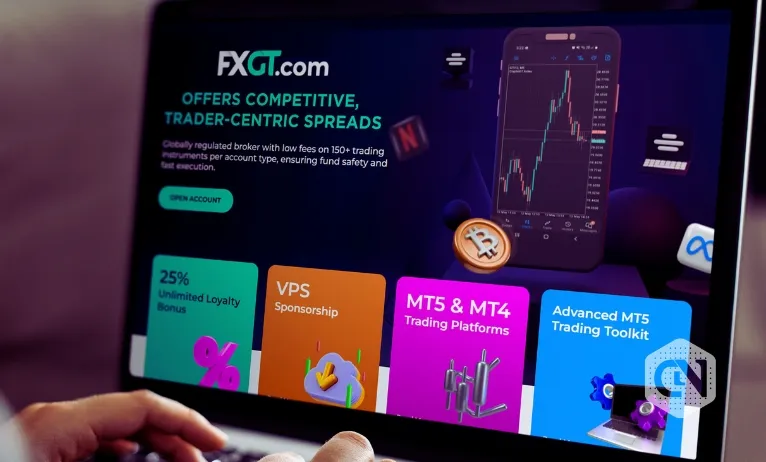The South African Forex Landscape and Pattern Recognition
The South African forex market presents unique opportunities due to its high volatility and strong correlation with commodity prices. Neckline pattern analysis has become an essential tool for traders navigating the complexities of the USD/ZAR and other major pairs. Local traders particularly benefit from understanding these formations during periods of economic policy shifts and commodity price fluctuations. The relationship between gold prices and the South African Rand makes technical analysis particularly effective in this market context.

Essential Elements of South African Market Analysis
Market-Specific Considerations
- Commodity price influences
- Interest rate differentials
- Political event impact
- Global risk sentiment
- Regional economic indicators
Pattern Recognition Framework
- Classic reversal patterns
- Continuation formations
- Breakout configurations
- False pattern identification
- Volume confirmation methods
Pattern Success Rate Analysis
| Formation Type | ZAR Market Impact | Reliability | Key Validation Points |
| Classic Neckline | High Impact | 85% | Volume surge |
| Complex Patterns | Moderate Impact | 76% | Multiple timeframe |
| Hybrid Formations | Variable | 71% | Price momentum |
| Continuation Types | Sustained Trend | 82% | Breakout strength |
Strategic Implementation in ZAR Trading
Effective pattern trading in South African markets requires
Entry Strategy Development
- Market timing optimization
- Currency pair selection
- Correlation analysis
- Risk assessment matrix
- Position sizing calculation
Risk Protocol Implementation
- Dynamic stop placement
- Scaling strategies
- Profit target selection
- Exposure management
- Drawdown controls
Technical Analysis Refinement
Professional South African traders emphasize:
Market Context Analysis
- Economic calendar integration
- Global market correlation
- Local market dynamics
- Institutional flow tracking
- Sentiment indicators
Professional Trading Framework:
| Component | Strategic Focus | Implementation |
| Analysis | Multi-factor | Comprehensive |
| Execution | Precision | Time-sensitive |
| Management | Systematic | Risk-focused |

Critical Success Factors
Key considerations for South African forex traders:.
Market-Specific Challenges
- Liquidity assessment
- Volatility management
- News impact evaluation
- Pattern reliability testing
- Cross-market validation
Performance Optimization
- Strategy refinement
- Risk calibration
- Pattern screening
- Entry optimization
- Exit management
FAQ
How do commodity prices affect ZAR neckline patterns?
Gold and platinum price movements significantly influence pattern reliability, typically strengthening formation quality during commodity price trends.
What timeframes work best in South African forex markets?
How does local market liquidity affect pattern trading?
How does local market liquidity affect pattern trading?
Lower liquidity during non-overlap hours can affect pattern quality, making Asian session patterns less reliable
What's the recommended position sizing for ZAR pairs?
Due to higher volatility, limit position sizes to 0.5-1% of account equity per trade.
How do you adapt to South African market volatility?
Wider stops (1.5-2x normal) and careful pattern qualification help manage the higher volatility environment.













